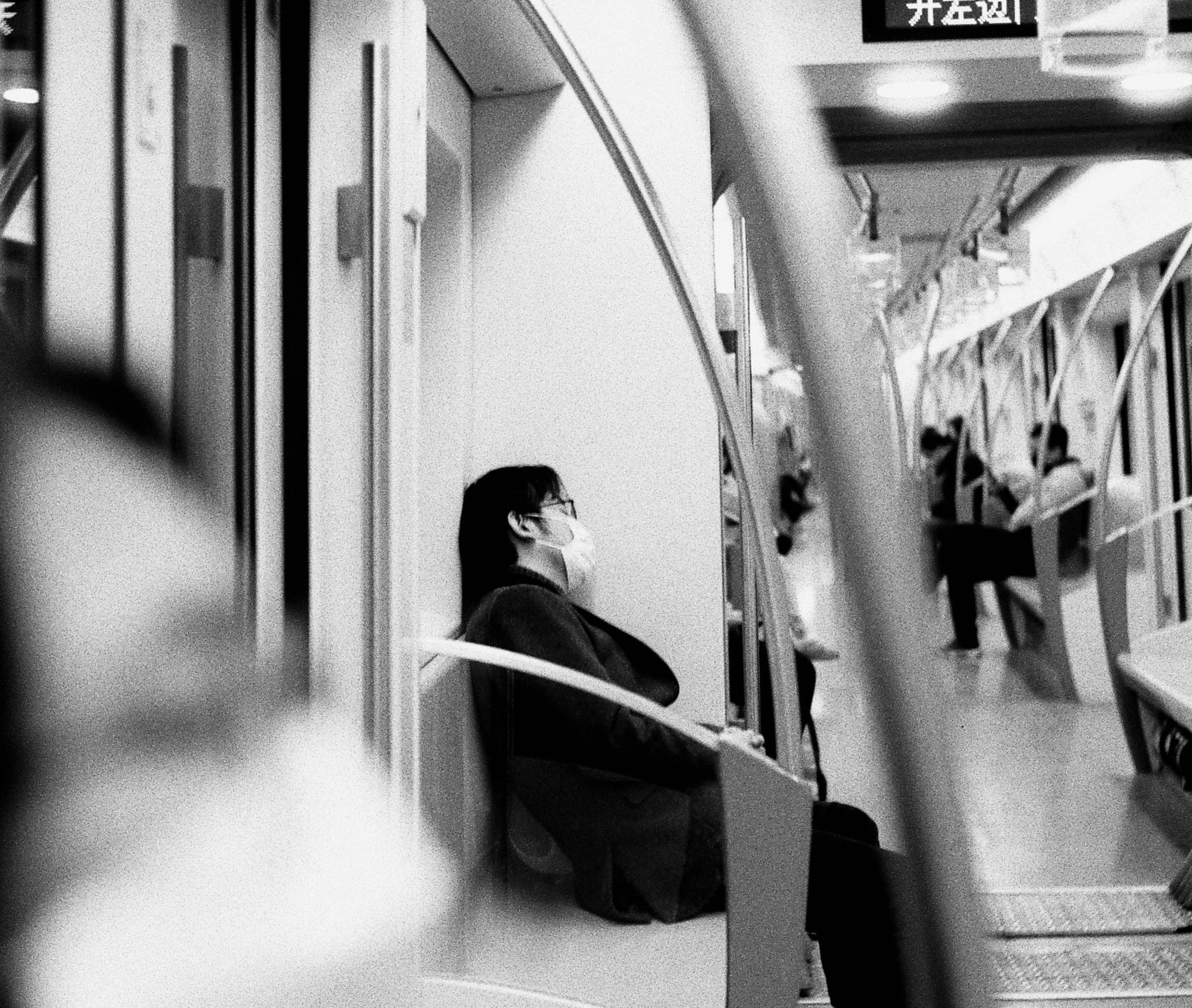Hong Kong just recorded three more imported cases of chikungunya fever—and with that, an infectious disease specialist issued a warning: more are coming. But underneath that headline is a different kind of outbreak—one in system design failure.
Let’s be clear. This isn’t a story about viruses. It’s a story about how travel platforms, insurance engines, and public health stacks still operate in silos—despite years of digital transformation talk. The city’s rising chikungunya case count doesn’t just signal vector activity in source countries. It shows how brittle the logic is between cross-border movement and health risk visibility. And the real takeaway isn’t just for travelers. It’s for platform builders, insurance underwriters, and GTM strategists in Asia’s fast-reopening economy.
If you run a platform that facilitates movement—flights, hotels, insurance, even digital identity—you’re technically in the business of risk orchestration. But most systems still treat health risk like static metadata: a one-time input from a public advisory board, or a link to a government warning page. There’s no real-time adaptivity. No integration with health signals. And no user-side prompt that says, “You’re flying into a zone where disease volatility is spiking—do you want to reschedule, reroute, or reprice?”
That kind of intelligence doesn’t exist because it was never part of the original logic stack. Booking sites were optimized for frictionless checkout. Travel insurance products were built on claims latency, not real-time responsiveness. Public health systems were designed for containment, not pre-travel deterrence.
So when Dr. Joseph Tsang says, “Residents should avoid high-risk areas,” it lands like an analog advisory in a digital behavior ecosystem. Users don’t search for “disease maps” before booking a cheap flight. They scroll TikTok, follow itineraries, and go. The warning shows up in the media feed—not the travel stack.
Chikungunya isn’t new. It’s been endemic in parts of Asia, Africa, and the Americas for years. But the way it moves now—via budget flights, remote work holidays, and short-haul visa runs—makes static advisory models useless. A traveler from Thailand to Hong Kong doesn’t see themselves as high-risk, even if the case load is rising in Bangkok. They’re asymptomatic, moving fast, and checking in with a QR code.
This is where the platform disconnect becomes dangerous. Health risk no longer follows the same rhythm as old-school tourism or refugee migration. It moves with weekend getaways, KOL fan meets, and low-friction border crossings. And none of that is reflected in the design of digital travel infrastructure. When you decouple disease volatility from mobility infrastructure, you invite platform failure at scale.
Let’s test the user flow. A consumer books a flight to a chikungunya-prone zone using a metasearch app. No alert. They buy insurance—standard coverage, no disease-specific prompt. They arrive, enjoy, leave. Only after they fall sick—if they even show symptoms—do they seek care, trigger a test, or file a claim.
Nowhere in that funnel was there a nudge to adapt behavior, upgrade protection, or even delay travel. Because no one’s monetizing health adaptivity—yet. And that’s the business model miss.
A smart travel platform or insurance partner would be embedding dynamic risk scores into the booking flow. They’d be prompting trip reroutes based on infection heat maps. They’d be offering discount rescheduling, bundling stronger medical support, or flagging local outbreaks through real-time alerts tied to destinations—not countries.
But that would require system interop between public health feeds and private travel engines. It would require redefining product success away from pure conversions and into conditional trust. And no one wants to carry that friction cost—until the infections show up at the airport.
Southeast Asia thrives on intra-regional travel. From Bangkok to Penang to Ho Chi Minh City, weekend mobility is normalized. But disease volatility is also regional—and accelerating with climate shift. Mosquito vectors expand faster during wet seasons. Weather swings bring breeding zones closer to urban hubs. And many of the fastest-growing regional tourism corridors (think Bali, Phuket, Langkawi) sit squarely in vector-active zones.
That means the next spike won’t wait for border alerts. It will travel with influencers, freelancers, and weekenders who don’t think they’re “sick.” And the longer platforms pretend this isn’t their problem, the more fragile the cross-border ecosystem becomes.
Chikungunya isn’t the issue. Ignoring system volatility is. If you’re building for travel, insurance, or cross-border mobility, it’s time to embed health adaptivity into the user experience. Not as a form. As a core logic layer. Travelers don’t want more alerts. They want more intelligent decision scaffolding—when to go, how to shift, where to protect.
This isn’t about policy. It’s about platform responsibility. If your product facilitates movement but ignores dynamic risk, you’re not just leaking trust—you’re designing for blind exposure. Because in a vector-era world, frictionless UX is only smart if it includes friction at the right moments. And right now, most systems are frictionless in all the wrong ways.
Let me know if you’d like this repackaged as a founder memo or turned into a teardown of travel insurance UX in Asia.














